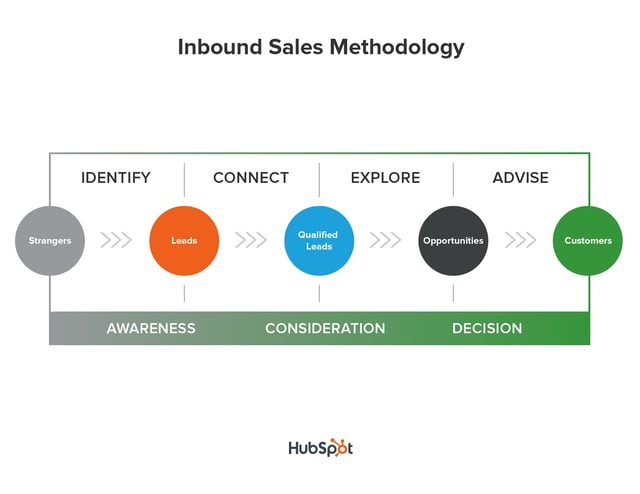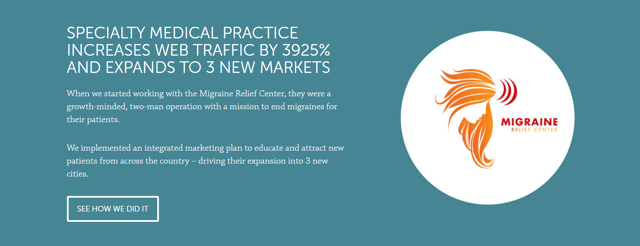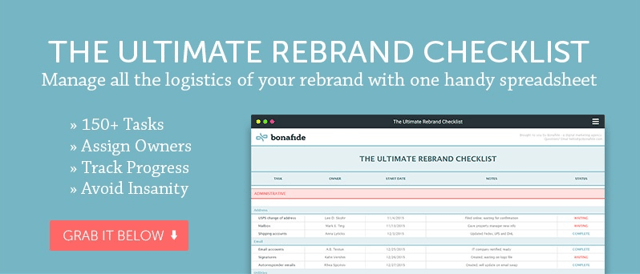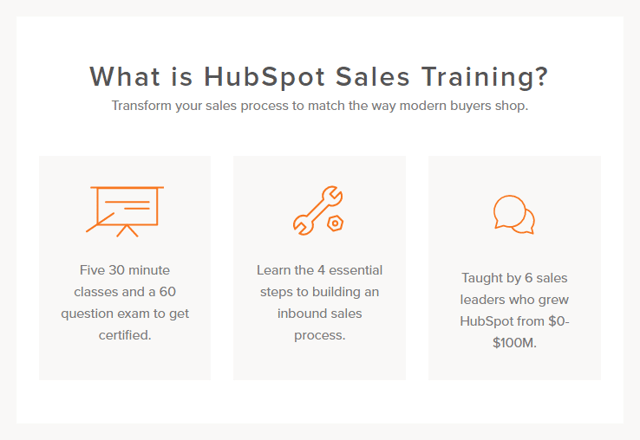
Inbound marketing is the new-school answer to the age of digital media and online business. It teaches us to use our fancy online tools to drive traffic (and then leads, and then customers) to our websites. It only makes sense that inbound selling goes hand-in-hand with the marketing side.
After all, that’s how it’s always been. In your typical business, regardless of industry, the marketing team gets “the word” out on the streets and then scouts for business prospects. They then turn the prospects over to the sales team who are expected to seal the deal.
By "inbound-ing" these processes, marketing and selling become much more streamlined, efficient, and pleasant than they once were using traditional methods. As far as selling is concerned, there are some pretty distinct differences between the old ways of doing things and the new.
Let me break it down for you.
What is Inbound Selling?

Inbound selling takes the buyer on a journey from awareness of your company, product, and/or service, to consideration, and finally to purchase decision. Obviously, the goal is to get the customer to buy what you're selling, and by following the best inbound practices, you have a pretty good shot at closing the sale.
So, how is this different from how things have always been done?
Timeliness
In general, people are stubborn. They really won’t do anything they don’t want to do if they’re not ready. This holds especially true when it comes to making a purchase.
Think about why you buy things when you do. In most cases, it’s either because you need something right away or because you want something right away. Any other purchase can be, and often is, deferred.

Traditional
In traditional sales, cold-calling was a popular way to approach potential customers, although “popular” doesn’t always equate with “effective” or “enjoyable.” Actually, cold-calling is a pretty miserable experience for both parties involved. We’ve all had our dinner interrupted by a telemarketer trying to sell us something we didn’t ask to be sold. The customer gets irate and the salesperson often gets hung up on. Sure, it’s a numbers game, but how many people actually convert this way?
Inbound
If you’re looking for a higher sales conversion rate, inbound selling is the way to go. It operates on the premise that people will only buy when they’re ready to.
Your job is to make sure that when they finally decide to buy, they’re buying from you.
This can be achieved by building and maintaining a relationship with your prospect throughout their journey. When you consider how people make purchases these days, you see that they usually start out with a problem that they’re trying to solve. By targeting people with specific issues, you can introduce them to your product or service with content that’s specific to their situation.
From that point, you can keep their interest piqued by pushing relevant content as they learn more and more about the solution you have to offer. Why not offer them an eBook that gives them an in-depth look at why your product or service is the answer they’ve been searching for? Or how about a discount code to nudge them along their decision-making journey a little faster? Throughout this entire process, the customer is opting in to interacting with you, so you’re not pestering them any more than they want to be pestered. They’re literally giving you permission to tell them more about your offer, and they’re actively and attentively consuming your content.
With smart and intuitive landing pages and pop-ups built into your website, you can customize the content the customer is consuming based on different criteria, including various demographics, location, how they got to your site, etc. By building unique content for different groups of people, you stay relevant in their minds. This means that come purchase time, they already know and trust your company, so, most likely you'll get that sale.
Transparency
Why fight it? It’s practically impossible to keep secrets from potential customers these days, so maybe it’s time to embrace the age of readily-available information and make it work for you, not against you.

Traditional
Back in the day, it was easy to withhold information from customers. Think about your stereotypical used car salesman. Yeah, there may have been some flood damage to the engine, and yeah, the front bumper may be stuck on with super glue, but what you don’t know can’t hurt you – right? Anything to make a sale…
Another reason why salespeople tend to be stingy with the deets is because they’re afraid their competitors will learn, and potentially steal, their trade secrets. They could even spawn some new competitors!
Inbound
Let’s be real, though. How many of us are going to take the time to recreate an entire product or service just because we can, especially when it’s already available to us? Besides, even if we could recreate something, we wouldn’t have the knowledge or expertise to back it up, make it better, or troubleshoot it.
As for competitors, if they’re worthy, they already know as much as you do about your industry. It’s doubtful that your “secrets” will actually teach them anything they didn’t know before. Besides, it usually isn't industry knowledge that differentiates one company from its competitors.
Instead, by demonstrating expertise in a particular area, companies can build a strong reputation and earn the trust of consumers. By giving away industry knowledge, rather than keeping it close to your chest, you’re leveling with the customer and gifting them the luxury of making a truly informed decision.
 Today’s customers are already way more informed than ever before. Most people choose to do preliminary research about a purchase before taking the plunge. Don’t get it twisted – if you choose not to tell them something, they can still find out, and when they do, they won’t like that you kept it from them. It could even cost you the sale!
Today’s customers are already way more informed than ever before. Most people choose to do preliminary research about a purchase before taking the plunge. Don’t get it twisted – if you choose not to tell them something, they can still find out, and when they do, they won’t like that you kept it from them. It could even cost you the sale!
To ensure transparency, make sure you’re offering potential customers information that they would be looking for prior to purchasing your product or service. This could include case studies, testimonials, FAQs, demos or free trials, behind-the-scenes looks, or even a chat session.
Personalization
Because who doesn’t like to feel special?
Really, if you’re expecting people to cough up the cash to buy something from you, you’ve got to show some appreciation for them as your customers and respect for the buyer’s journey they’re on.

Traditional
Canned sales pitches won’t cut it in a world where customers have more options than they know what to do with. If your offer isn’t fully meeting their needs, there’s a good chance that your competitor’s offer will.
Also, how likely do you think someone is to respond favorably to an offer that so clearly isn’t for them? With a recycled sales pitch, you’re not exactly demonstrating that you understand the value of the customer, or that you understand the customer at all.
Inbound
Inbound selling saves the day, again. Are you noticing a trend?
Using inbound techniques, you can identify exactly what type of customer you’re dealing with. Some things to consider:
- What issues are they facing?
- Where did they come from?
- What’s their ideal solution?
- What’s important to them?
- Why haven’t they purchased yet?
In the answers to all of these questions lie opportunities to personalize the customer’s experience. By understanding the customer’s goals, you can develop a content and outreach strategy that meets their needs while helping you reach your own sales and conversion goals.
To learn more about inbound selling, check out the HubSpot Inbound Sales Training:
The more specific you can be in your answers, the more targeted your content strategy can be. For instance, you can create a call-to-action that's only for visitors coming from a certain Facebook post. Perhaps you can offer a live demo of your product to visitors who had downloaded a bottom-of-the-funnel eBook three days ago. With better tracking and analytical data, you can create incredibly targeted workflows that are much more likely to convert visitors to customers.
When you're devising your personalization strategy, keep in mind the customer's roadmap through your website. Where do they begin, and where do they end up? Be sure to test drive the track a few times from start to finish, too. That way, you can check for any areas of confusion, misdirection, broken or ill-performing pop-ups, or even unpersuasive copy.
The worst case scenario here would be for a customer to become overwhelmed with too many options or pathways. While personalization is a great opportunity to let the customer dictate some of the buying/selling process, you still don't want to make it too difficult for them to get to the sale itself.
The Bottom Line
Selling is tricky business, and always has been. While some industries may still be able to benefit from traditional sales techniques, inbound selling tends to be a more intuitive and pleasant experience for everyone involved.
In other words, the future is inbound, so get on board or get booted!



